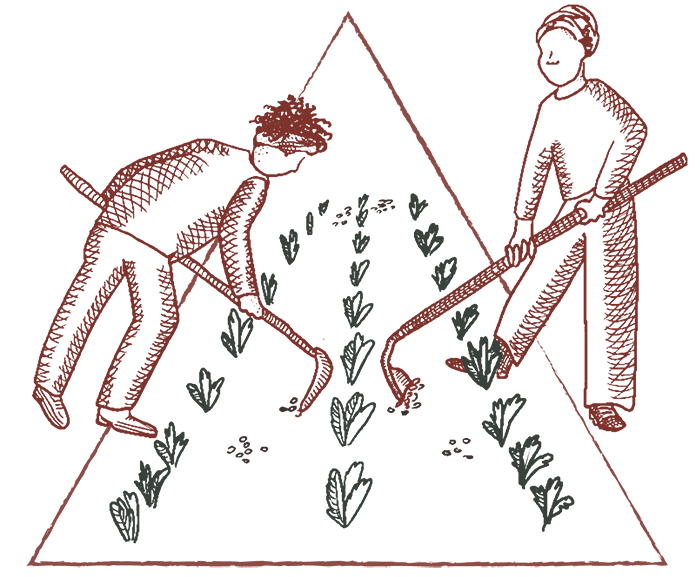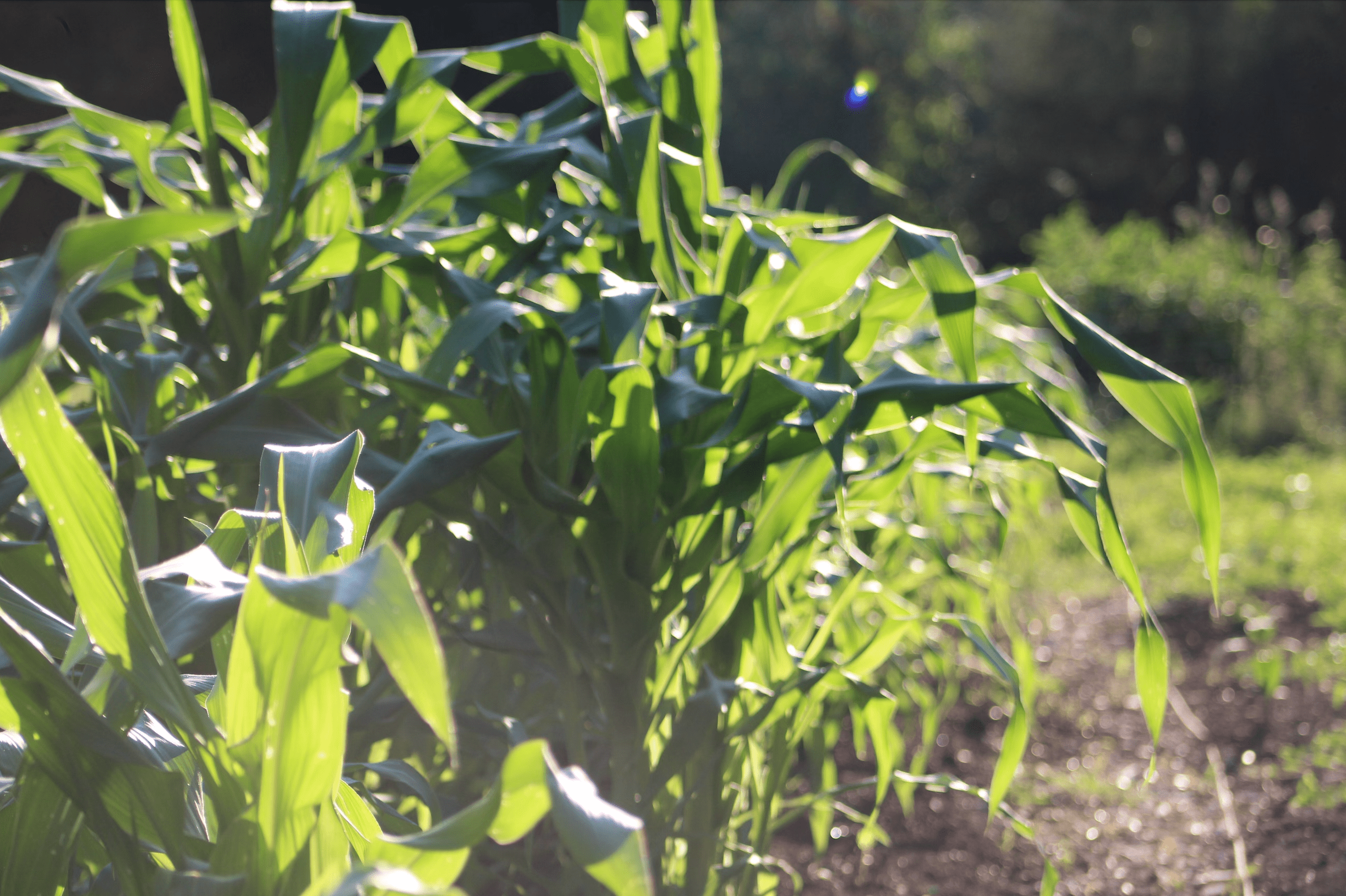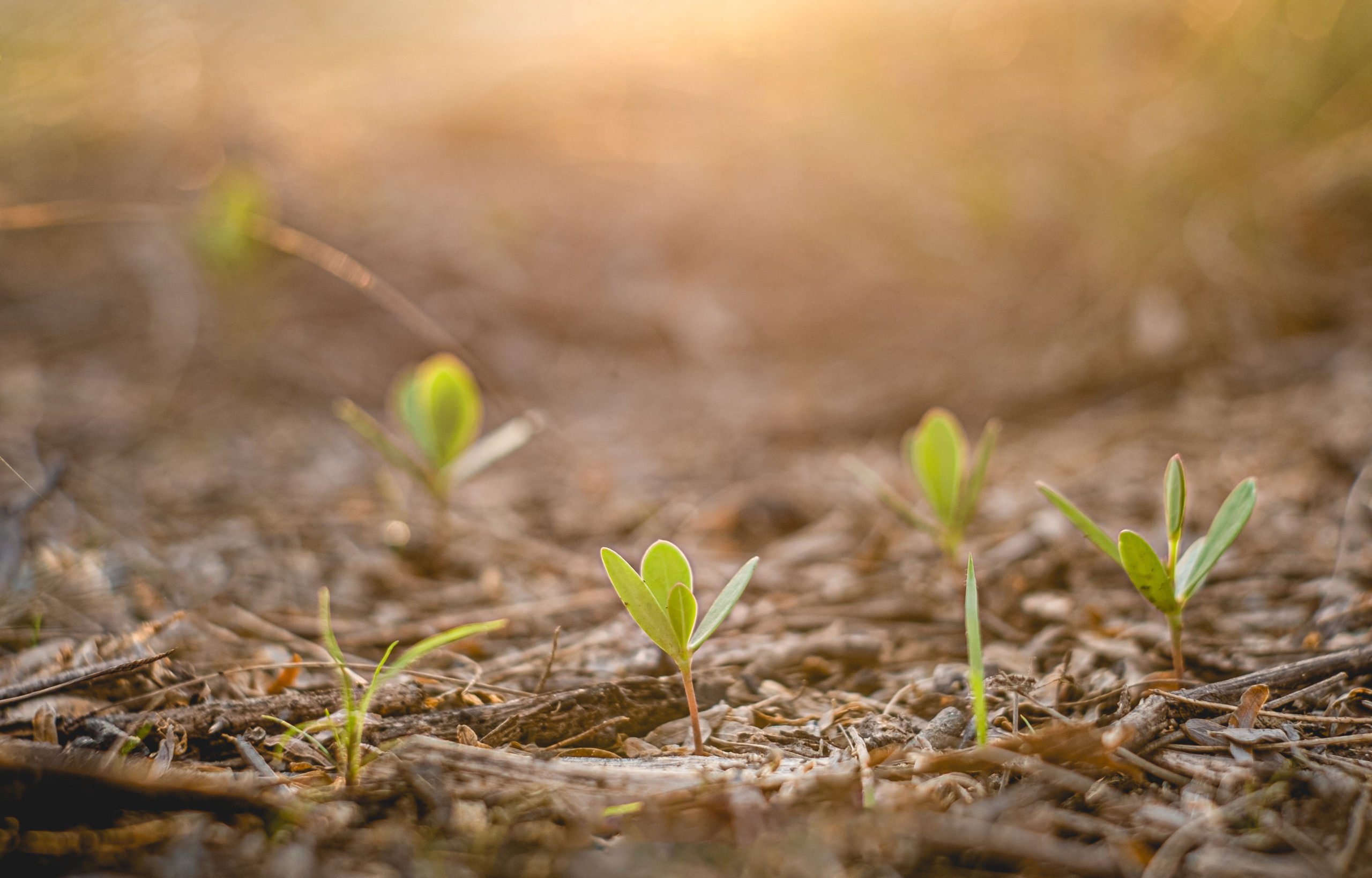
In celebration of Juneteenth, we’re posting an excerpt from the FaithLands Toolkit. While the toolkit’s overview on strategies for reparations was conceived for an audience of faith communities, any community can make use of these strategies.
In the words of Northeast Farmers of Color Land Trust co-director Caça Yvaire, who contributed the heart and soul (and many of the words) to this chapter, “The faithful who are blessed and favored with land holdings or land-based wealth have the power and unique privilege to lead by example, beyond and despite any hopes that the US government will follow.”
Here are a few suggestions from the toolkit on how to begin this work by first engaging the members of your congregation or faith community:
- Share reading material on the history of the land upon which your community gathers/worships.
- Share links to video and audio content produced by or about the struggles of the peoples most impacted by land loss around your place of gathering/worship.
- Host formal or informal discussions of seminal texts and lectures on traditional ecological knowledge and land justice, such as the writings of Robin Wall Kimmerer, Leah Penniman, Jillian Hishaw, and Monica White.
- Invite a guest speaker to discuss the history of the persons and communities whose ancestors’ labor is responsible for the economic vitality of your faith community as a whole, or whose unpaid labor tilled the land and laid the foundation of the building where you now gather/worship.
Performing such actions in community will help to establish a core group who can lead your faith community in the work of reciprocity and reparative justice. With this group established, the next step is to articulate your goals/principles concerning land justice.
Here are some questions to consider:
- Is your land situated on unceded ancestral lands of a tribe indigenous to the area?
- Was slave labor utilized in the construction of your house of worship, or in the generation of wealth that has enabled your congregation to acquire/hold land on which to pray?
- Which peoples in your area are in the greatest need of land, access to land, renewal of land-based practices, and/or recognition?
- Are there peoples in your area whose needs you are unaware of, or whose needs you have previously considered in the framework of charity rather than in the framework of reparative justice? How can you learn more about their needs and goals?
- Has your congregation or faith community publicly repudiated the doctrine of discovery? Have you publicly declared your solidarity with Black Americans?
- Does your institution, congregation, or community hold land that is currently underutilized (for instance, a one- or ten-acre lawn)? Does your community hold land that is of cultural significance to peoples Native to the area, or to the descendants of Black Americans whose ancestors cultivated land and culture while enslaved?
- What are your motivations? What do you hope to accomplish? How can your faith community benefit from engaging in reparative justice? How can the BIPOC community benefit? What needs to be healed?
- What community systems and social infrastructures are in place that support accountability and reciprocity? Are the infrastructures built non-extractive and non-exploitative? Do they erase or obscure culture or genocide?
Answering these questions will help you articulate a preliminary set of principles and goals in the work of reparative justice.

The next essential step is building relationships with the people and organizations whose work you wish to support. Participate in truth-telling and advocacy.
Reparative justice is reciprocal, meaning that it is necessarily undertaken in conversation and collaboration. You are in need of a community in which you can practice reciprocity perhaps more than those without land or resources, for the success of this work requires that you build relationships with and let yourselves be guided by the peoples whose access to land and land-based practices you wish to support.
If your faith community is just beginning to engage in the work of reparations and rematriation, consider the following steps/strategies:
- Learn about local organizations that represent or advocate for the peoples you wish to support. Ask what they are working on; find out what kind of support they need and want. Before proposing how you can help, reflect on whether what you want to offer aligns with their needs and purpose.
- Build relationships with those most impacted by land loss in your area. Take the time to listen. Work against the reflexive defense of your privilege; allow for discomfort. Understand that building trust can be a slow process.
- Advocate on behalf of local tribes, land access for Black farmers, and land justice for other marginalized/disadvantaged groups, including refugees and limited English speakers, who seek land to lease/buy to farm. Remember to follow the lead of those for whom you advocate.
- Support voluntary land tax programs and encourage your religious and spiritual institutions to do the same.
- Issue a series of statements in support of work in reparations/rematriation and the righting of historic wrongs, and determine a way in which those statements are integrated into the daily practice and perspective of your spiritual community.
- Promote existing Afro-ecological projects run by people of color who express solidarity with Black and Indigenous people in visible and material ways.
Learn more about the rationale for reparative justice and land return in the FaithLands Toolkit. Find additional strategies, case studies, and inspiration there and in the work of Northeast Farmers of Color Land Trust, the Sogorea Te’ Land Trust and the National Black Food & Justice Alliance.



